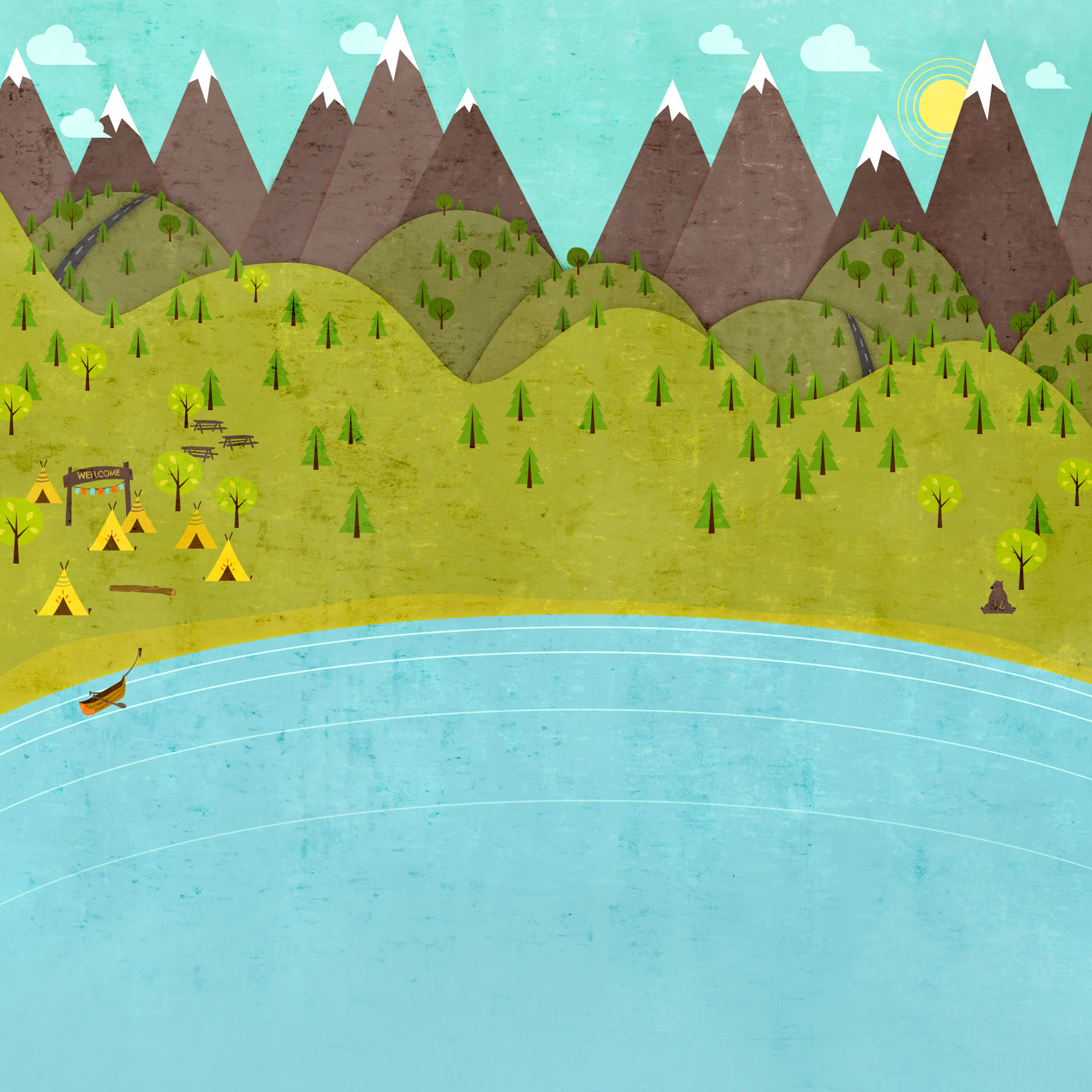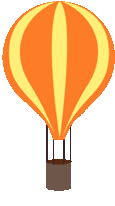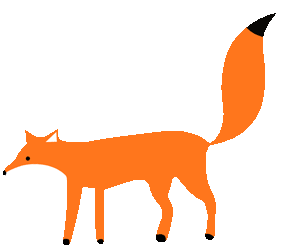
Arts Education

Week 3;; Where the wild things are
























Key Terms
ANALYSE
|
t |
o examine in detail in order to discover meaning essential features. |
SCENE
a division of a play or of an
act of a play, usually
representing what passes
between certain of the
actors in one place.
IMAGINATION
the action or process of
forming such images or
concepts.
THEMES
a subject of discourse,
discussion, meditation, or
composition.
FEEDBACK
a reaction or response to a
particular process or
activity.
SHADOWING
to follow (a person) about
secretly, in order to keep
watchover his movements.
CHARACTER
representing a personality
type, especiallyby
emphasizing distinctive traits.**
"Where the wild things are" was the key focus of week three. By incorporating monsters, the lesson was about creating and analysing a scene from the book and also using the imagination of a child. By using props such as various pieces of fabric of different textures, and whatever the children could think to use, the lesson allowed students to be completeley engaged and in control of their own learning. A range of activities will be explored throughout this page, and by drawing on various readings and resources will be analysed.

Students were placed in a circle where they were asked to yell and copy the person in the middle. The teacher was shouting "ha", and the students were shouting it out as the teacher built up the yelling. A student was then selected to create their own sound and action which the class copied. After this was completed, the class was asked to close their eyes as five students were selected. These students were then asked to randomly yell at their own sound and action and the class was asked to copy and try and match the sound, instead of shadowing the sound.

Activities
The class then sat back at their tables as they reviewed the story of "where the wild things are". As the story was read, the students were asked to look at the images and what is involved in the image, such as the position of the main character, the main objects surrounding the character and what they are interacting with. The students were asked to think of ways in which they could interpret the book into movement. "Students can adopt characterisations, with appropriate forms of speech and visual conventions for people whose roles are very different from their own, expanding their own repertoire of oral and visual language as they explore those roles.", (Exploring Language, 2002), by reading further and looking in between the lines of the story, students are able to think of additional characteristics of the shown characters and think of reasons behind the characters actions.
Students were then placed in small groups and each given a section of script which they were asked to interpret and create a scene which appropriately draws on the main ideas and themes. The students were encouraged to use a range of available costumes, and other props they could find in the classroom. As the students practiced the teacher reviewed what each group was doing provided positive feedback. The students were then given an opportunity to change their performance before ultimately performing it to the other students. After the performance, students returned to their seats where they were asked to give compliments to other groups and also offer improvements. Davis suggests additional activities when exploring "Where the wild things are". This includes readers' theatre which could be used in an ordinary classroom. "Students make a cirle then the teacher allocates roles for Max and the Wild things. As the teacher reads, the group enacts the story inside the circle. The teacher uses a signal to stop and start the action in ore to discuss what is happening. As students enact the sequence again, the teacher offers ways to improve the action with reference to such elements as tension, focus, contrast, or mood." (2004).

AusVELS
As students work towards the achievement of Level 4 standards in the Arts, they apply and develop their arts knowledge by exploring arts processes and ways to communicate concepts arising from their personal experiences and from the world around them. Through the arts disciplines of Dance, Drama, Media, Music and Visual Arts – , both individually and in combination, they communicate ideas, observations and feelings using a range of media, materials, equipment and technologies to make arts works" (2012). The above lesson is directed at children in years 5-6 and fits the standards perfectly as the children are asked to look upon personal emotions and experiences in order to create an appropriate character that fits the script. This could be adapted to younger year levels, by reading the story to the children and asking a small group to speak or make a pose on how it is represented in the book. Children could also worked together to solve the problem of how the monsters and Max would act in different situations. This could have been done so the children are given costumes of various characters in the story, such as Max and the wild things. Then the teacher reads out different scenes from the book or makes up their own scene such as "brushing teeth", and the children have to copy how they think the character they are would respond.

